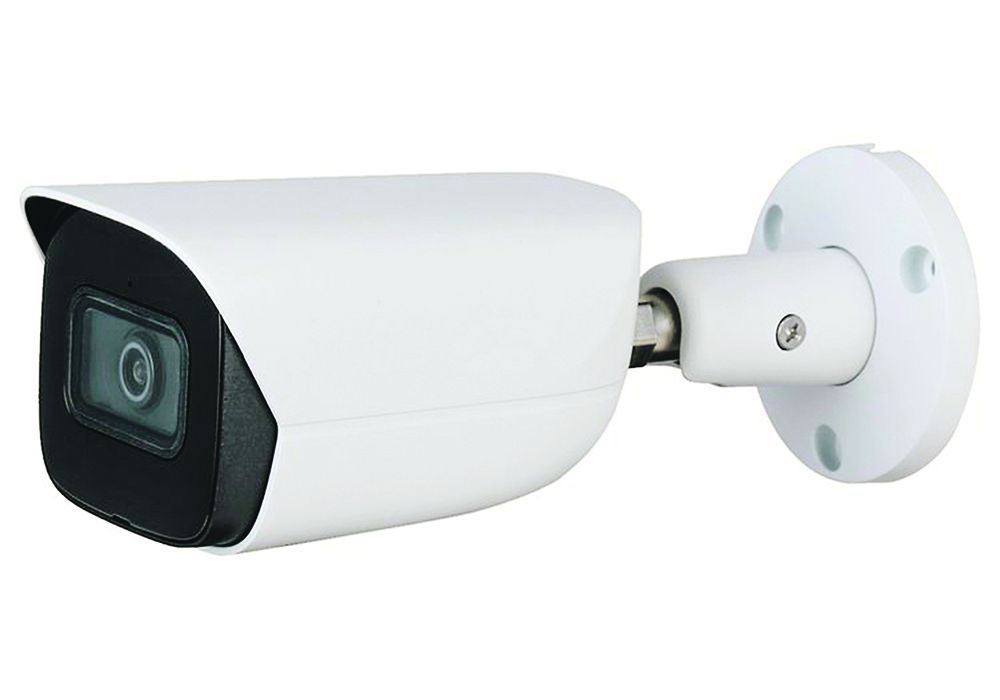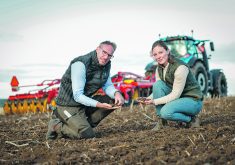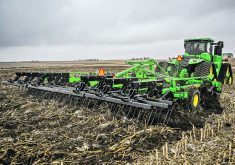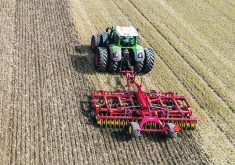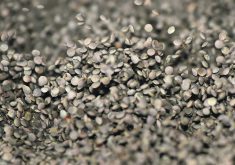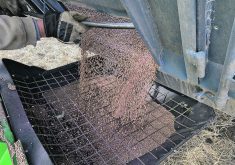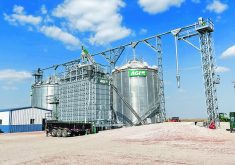Dwell box captures high definition images before the criminal even knows he’s been caught on camera
After having $40,000 worth of canola stolen from a bin recently, Manitoba farmer Les Wedderburn decided to invest in a security system to alert him of intruders in the yard.
Wedderburn’s story was reported in the March 21 Western Producer. After realizing what had happened, Wedderburn contacted ProTELEC systems in Brandon, and they drew up a plan specific to his farm. In a phone interview, ProTELEC’s Jeremy Preston explained the remote accessible surveillance camera system they employ to protect virtually any type of farming operation.
“We have different types of cameras that can be mounted up at the farmyard or out at a remote bin site. All this technology can also be applied to remote grazing pastures,” said Preston, adding that the cameras connect back to the farmhouse via a wireless bridge.
Read Also

Short rapeseed crop may put China in a bind
Industry thinks China’s rapeseed crop is way smaller than the official government estimate. The country’s canola imports will also be down, so there will be a lot of unmet demand.
Some people may try to hide the camera, but Preston said visible cameras are a deterrent.
However, one issue with visible cameras is they can be knocked out. Hidden cameras may help catching the thief, but they don’t prevent the crime from happening. Preston said that’s more important.
He said farmers report seeing more pickups and other vehicles pulling into their yard or bin sites, then turn around and leave. He said they’re casing the place and checking for cameras. A grain theft sometimes happens a month or more after these unidentified visits.
“Shooting out the camera doesn’t accomplish anything for the thief because the recorder has already caught 30 seconds or a minute of activity and identified the people before they even fire a gun,” Preston said. “All that activity has already been saved to a distant recorder. The cameras are always powered up, but they’re activated by motion.”
When the pasture or bin yard is too distant for a physical cable, Preston said they beam the signal to the recorder in the farmhouse.
Most installations send a strong enough signal to the recorder up to about six kilometres. If the cameras are further away, they install an LT gateway, which is basically a relay tower that receives signal from the camera site and immediately transmits that signal to the recorder. With greater distances, a string of gateways can be setup up so the farmhouse still has instant alerts from the camera site.
The basic ProTELEC system consists of four wireless cameras and a remote recorder. He says a typical setup would see one camera looking at the yard entrance, two or three different views at the bin and perhaps one camera looking down the exit road to catch the intruders license plate.
As for cost, Preston said every installation is different, so he can only estimate something in the neighborhood of $3,000 is a typical work order. In an attempt to save money, some people shop for their own components. He said that becomes a classic case of getting what you pay for.
“The components we use are all a higher grade than you’d get at a big box store. Our systems are installed by professional technicians so you know it’s done right and you know you’re getting all the performance you paid for. And you get backup if anything goes wrong.”
ProTELEC carries both types of infrared cameras. The conventional infrared camera uses an infrared emitter that only gives you black and white at night.
“The new infrared cameras are called Starlight and they are a massive leap forward in technology. Starlight gives you full colour, high-definition images at night with low ambient light. This really helps in identifying people in the dark.
“With the general security camera, you can read a clean licence plate on a washed truck in the middle of the afternoon. It won’t give you the numbers at 3 a.m. Farmers want a higher level of performance. They need to see the colour of the truck, licence plate, stickers in the rear window, everything they need for a conviction. Starlight infrared gives you those images.”
He said the Starlight technology works just as well if you have cattle or horses out on a remote pasture or in a paddock close to your farmyard. Farmers regularly lose livestock, diesel fuel, liquid and granular fertilizer, building supplies, anything that’s moveable which is just about everything.
“These are crimes of opportunity. They case the yard, look for cameras and come back later if they think it’s safe. Let’s face it, criminals are lazy by nature, that’s why they’re criminals. Winter vacations are also a factor. As long as you have cell service or wi-fi, you can monitor all your sites from a tropical beach.”


